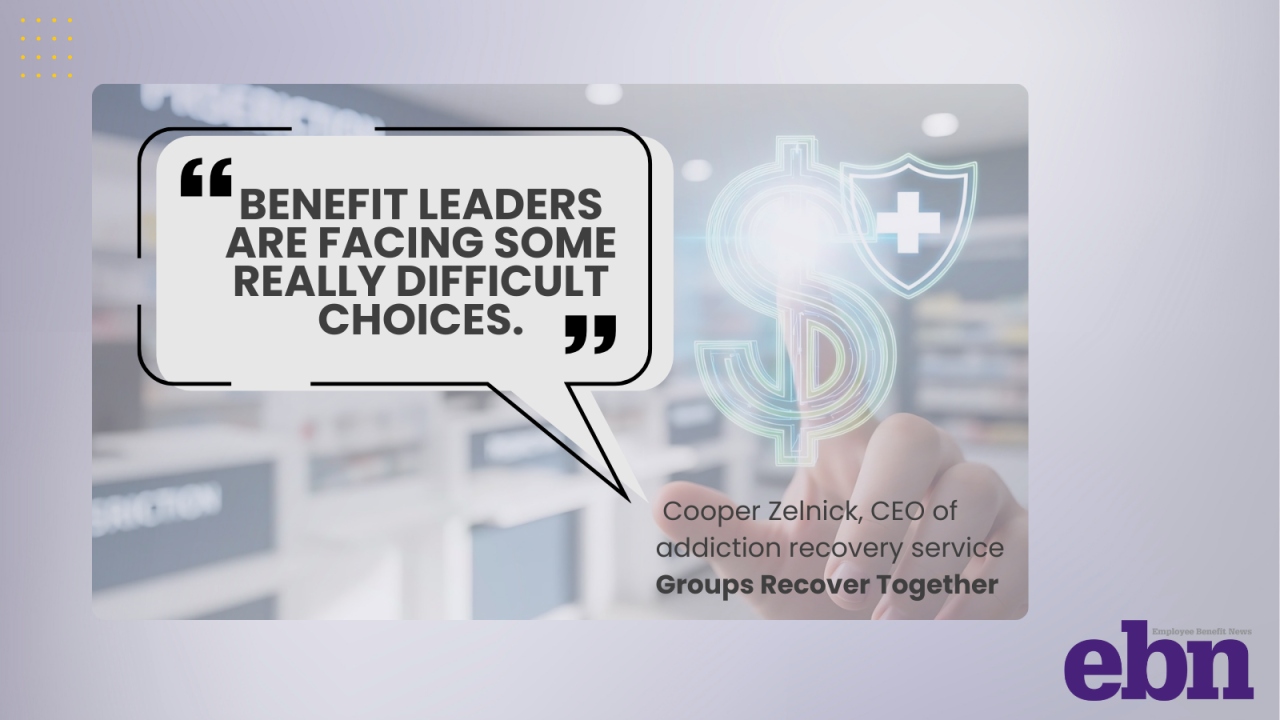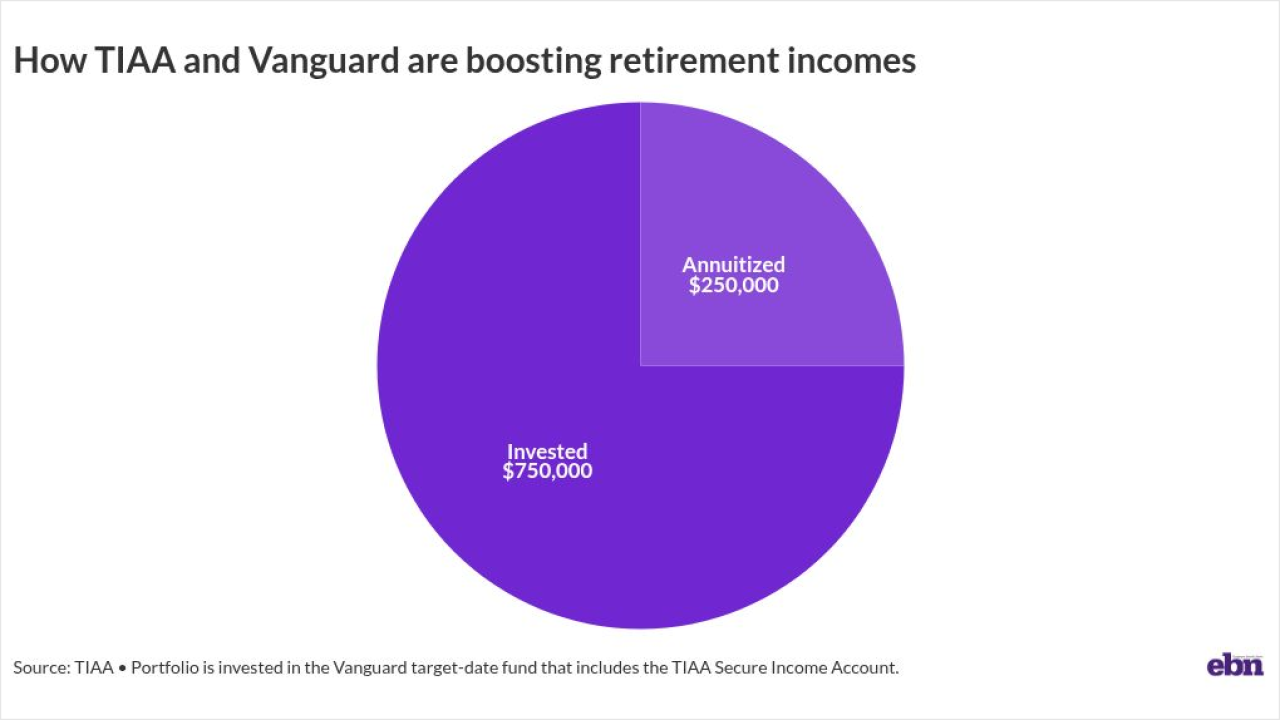- Key Insight: Learn how targeted benefits and culture shifts convert mental‑health investments into substance‑use outcomes.
- What's at Stake: Rising workplace substance use threatens productivity, safety, legal exposure and benefits costs.
- Supporting Data: CDC: nearly two‑thirds have substance use disorder; 94% of employers now invest in care.
- Source: Bullets generated by AI with editorial review
A substance use disorder isn't just a personal struggle — it's a workplace crisis that requires leaders' immediate attention and intervention.
Today, nearly two-thirds of people suffering from
"Substance use disorder is an epidemic that keeps growing," says Zakia Natour, the director of people and talent at addiction and recovery platform Eleanor Health. "Access to treatment and reducing the stigma around getting support has come so far, but there's a huge opportunity to continue."
Read more:
In the last few years, employers have been
Making substance use support a core part of business
However, taking those initiatives a step further so that they are more targeted and overt in
"These are topics that are taboo and they are not always talked about openly because they're not a visible or physical disability," Natour says. "But if you don't give these employees a safe space to navigate what they're going through personally, they're unlikely to get treatment or the support they need."
At Eleanor Health,
Read more:
The company even has a Slack channel devoted to discussing substance use resources and strategies where employees can communicate freely with leadership and each other.
"We've created a space where it's okay to talk about those things and to seek help without the fear of getting punished," Natour says. "If somebody approaches our people team with this type of concern, we meet them where they're at and help them navigate what their next steps are, as well as what their future at Eleanor looks like after their needs have been addressed."
Education is the key to progress
While Eleanor Health does work closely with substance use as an organization, that doesn't mean that their internal practices can't be replicated in any organization, regardless of its industry. But in order to do so, leaders need to be
Read more:
"Many people in leadership positions aren't even aware of how many people are impacted by a substance use disorder, or the impact that could have on the business and productivity," Natour says. "These conversations should be happening at all levels of the organization, not just from or for the people that are directly or indirectly impacted."
The most important part, Natour stresses, is for leaders to
"Organizations should want to wrap around all of their employees all the time and give them the most support possible," Natour says."[This allows people] to be the best version of themselves and the most successful they can be."






